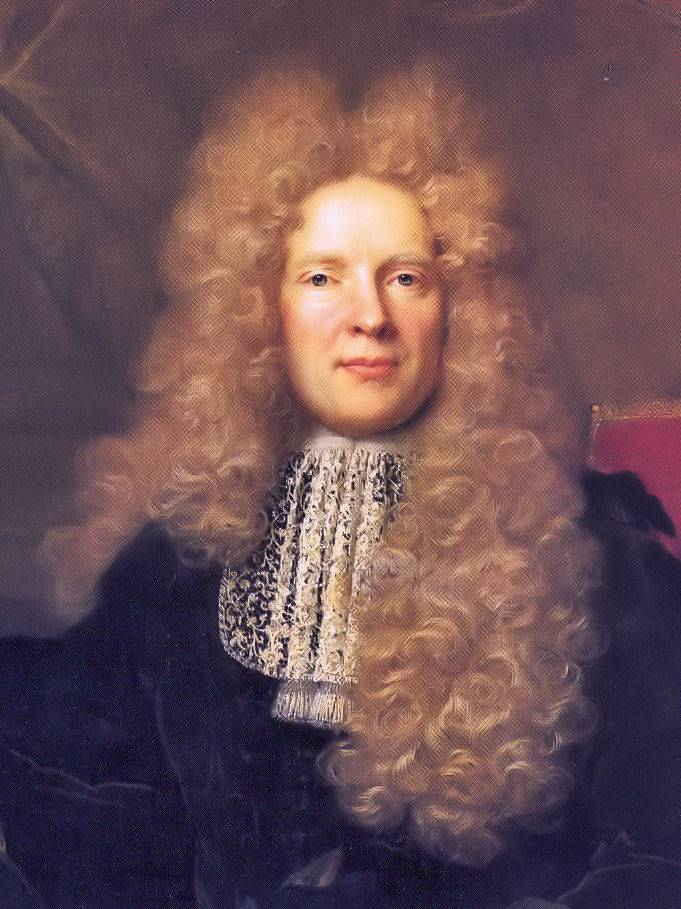History of Wigs - Ancient Wigs
Wig is a covering for the head made from real or artificial hair. It is used as a fashion detail, to hide baldness or losing of hair, as a religious practice or as a costume. Artificial materials that are used for making wigs are wool, horse hair, yak and buffalo hair and feathers.
Oldest known wigs date bake from Ancient Egypt. Egyptians shaved their heads because hair was very difficult for maintaining in the hot desert sun. But because bald head was not considered pretty, Egyptians used wigs. While all classes shaved their heads and wore wigs, there were differences between wigs for lower classes and wigs for upper classes. Upper classes could afford wigs made from human hair, wool, fibers from palm leafs and even wigs made of silver.

In Ancient Greece and Rome hair was considered sacred and natural hair was held in high regard. But that didn’t prevent people to use wigs as a method for hiding baldness and for esthetic reasons. Great Carthaginian General Hannibal had two wigs - one to make him attractive and the other as a mask in battle. Julius Caesar used wig and a laurel wreath to hide baldness. When Christianity became legal religion in Rome in 313 AD, Church started criticizing wearing of the wigs and declared it a greater sin than adultery.
In Middle Ages, Church ordered hair of married women to be covered and use of wigs slowly decreased. Church also still had negative opinion about wigs and connected it with devil. But as Middle Ages were ending popularity of wigs slowly risen. Henry the III of France refreshed wig fashion when he started wearing them to conceal his boldness. By the time when Queen Elizabeth began her reign wigs were again normal part of wardrobe for women as well for men.
In 17th century Puritan Parliament railed against the wigs an Church didn’t allow anyone with wig to enter the church. But that didn’t lessen popularity of wigs and they were gaining on popularity. Even French King Louis XIV started wearing them when he began to lose his hair in his 35th year. A a solidarity all his courtiers began to wear yellow wigs. Those who were too poor held their hair to look as much as possible as wigs.
Popularity of wigs lasted into 18th century until the moment in 1715. where riots started in Caen, France because use of flour for powdering the wigs caused shortage of bread. Use of wigs ended in the period because of French revolution because wigs were associated with aristocracy. By the beginning of the 19th century, men wore own hair and facial hear began to be popular again.
In 1915 hair stylist Carita began making wigs for a fashion show of Givenchy’s models. Wigs started to appear again because it was easier to change wig with a different haircut than to cut your hair every day. Because of use of synthetic materials they became cheaper and affordable.
